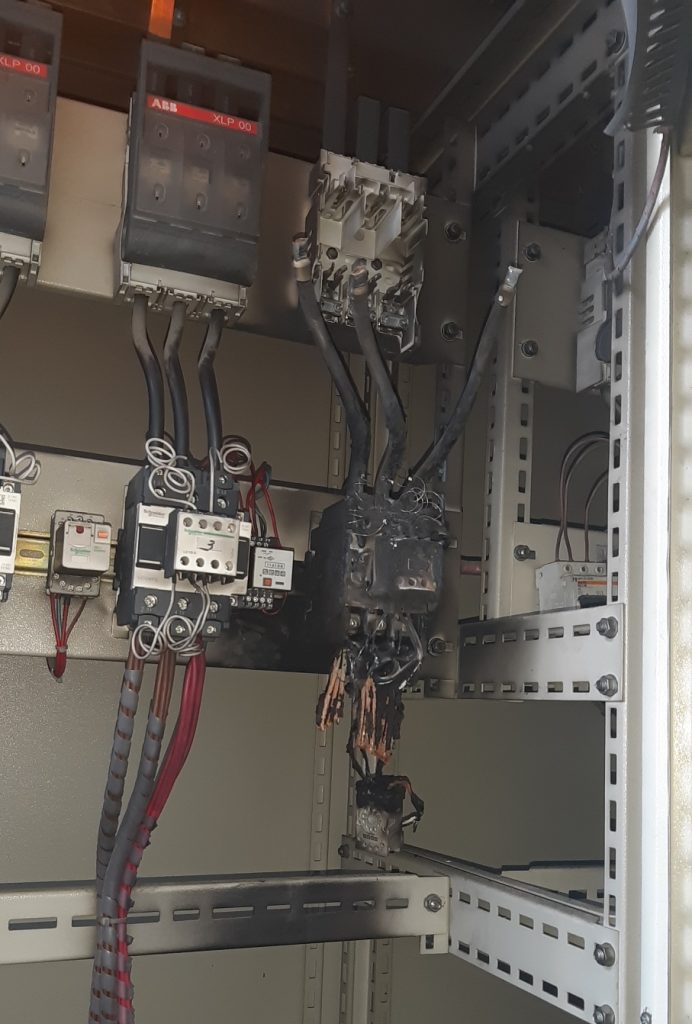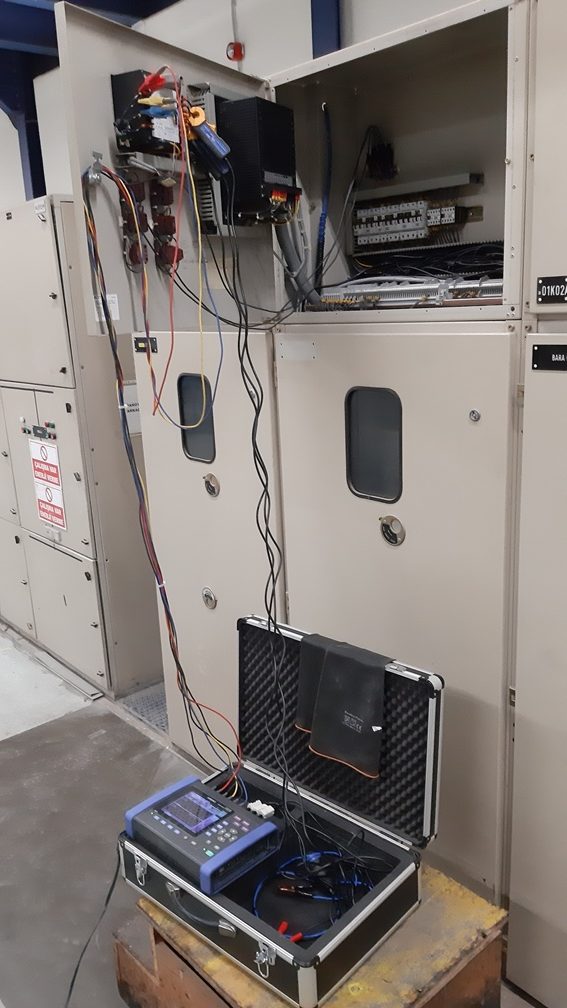
What is harmonic? Harmonic is briefly defined as the distortion of current and voltage waveforms. The severity of this distortion is expressed as a percentage with the term THD (Total Harmonic Distortion).


A harmonic waveform consists of a fundamental component of 50 Hertz and harmonic components at frequencies exactly a multiple of 50 (150, 250, etc.). A fully sinusoidal waveform with a THD of 0% has only a 50 Hz fundamental component.
| Harmonic Component Order | Frequency |
| Key Component | 50 Hz |
| 2. Harmonic | 100 Hz |
| 3. Harmonic | 150 Hz |
| 4. Harmonic | 200 Hz |
| 5. Harmonic | 250 Hz |
| ∞ | ∞ |
How Are Harmonics Formed?
The most common cause of harmonic distortions is machines in which power electronic elements are used. The current drawn by these machines from the network is structurally harmonic. The harmonic current, on the other hand, creates a voltage drop on the line depending on the conductor cross-section and length of the supply line, and the voltage waveform is also distorted.
What Are Harmonic Charges?
The following electrical equipment can be given as examples of harmonic loads.
– Motor speed control drivers (frequency converters),
– Uninterruptible power supplies (UPS),
– Inverters,
– Converters,
– Inductive elements whose magnetic circuit is saturated,
– Rail transportation systems,
– Arc furnaces,
– Induction cookers,
– Welding machines etc.
What are the Harms of Harmonics?

Harmonics can cause very serious harmful effects on the system. In addition to the negative effects of harmonics on electrical internal faults and energy efficiency, they also have negative effects on occupational safety by causing various explosions. In general, the harms of harmonics can be listed as follows:
– Various internal failures as a result of voltage disturbances,
– UPS malfunctions,
– Electronic card malfunctions,
– Driver failures,
– Fire and explosions in compensation panels,
– Incorrect tripping of residual current relay and switches,
– Flicker in lighting,
– Neutral – increase in ground voltage,
– Overheating, vibration and noisy operation in engines,
– The formation of over-current and over-voltages as a result of resonance,
– Overloading, heating and power losses in transformers and conductors,
– Increase in losses and negative impact on energy efficiency,
– Production losses,
– Legal sanctions etc.
How to Know That There Is A Harmonic Problem?
One of the most important indicators of the harmonic problem is the frequent electrical internal faults in the facility. Driver failures, UPS failures, electronic card failures, capacitor failures in the compensation system, cable burns, etc. undesirable situations are the harbingers of high harmonic distortions. In addition, if the electric motors overheat, vibrate and operate noisy, such cases are indicators of high harmonic distortion rates.
How to Measure Harmonic?
We have mentioned how to measure harmonic in a different article in more detail. Harmonic measurement is carried out using portable or stationary power quality / grid analyzers. It is essential that the facility be in normal operating conditions while making the measurements, but there may be differences in the harmonic load flow in the facilities where there are seasonal load differences. In order to determine the contribution of the compensation system to the total harmonic distortion in harmonic analysis, it is necessary to take separate measurements when the compensation system is on and off. In terms of the precision of the measurements, it is recommended that the measuring device is class A. Although the measurement location is usually the main switch of the enterprise, measurements can be taken from different points within the enterprise in order to clearly determine the harmonic source.

A 6.3 kV O.G. harmonic measurement performed in the secondary circuit of the cell
What are Harmonic Filter Methods?
Harmonic filters are produced in different technologies as active, passive and hybrid. In order to determine the most suitable filter method for the need, first of all, the source causing the harmonic must be determined. Solving harmonic problems at the source is important in terms of optimization. After the source causing the harmonics is determined, active, passive or hybrid harmonic filter systems are designed considering the reactive power requirement of the facility. Before the application, the performance of the filter can be examined using harmonic simulation software when necessary.
If you suspect the existence of harmonic problems in your business, you can contact us for harmonic measurement and analysis.